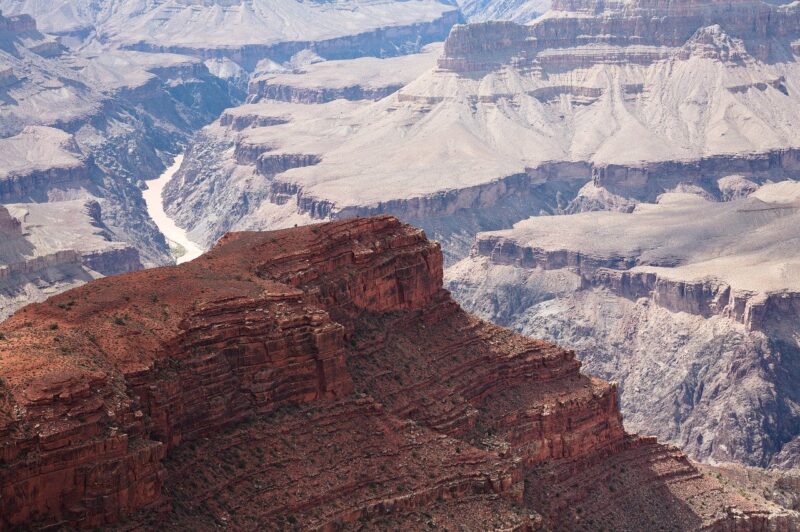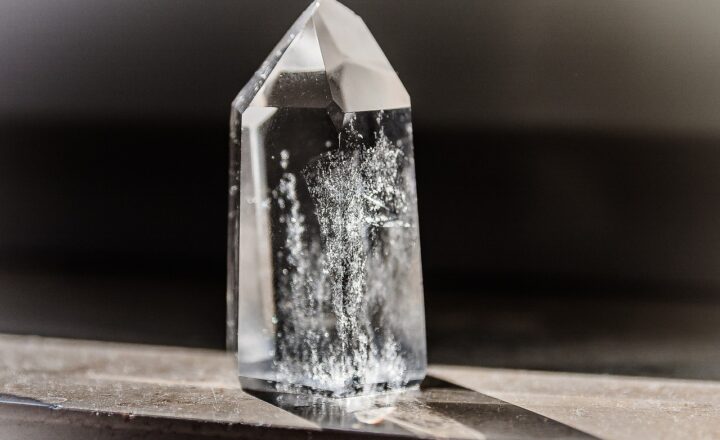How Nature’s Greatest Forces Have Carved Stunning Landscapes Like the Grand Canyon and Fjords
November 17, 2024

Nature is a master sculptor, wielding powerful forces to create breathtaking landscapes that captivate our imagination. Among these natural masterpieces are the Grand Canyon and fjords, each representing different geological processes that contribute to their stunning formations. In this article, we will explore the forces of nature that have shaped these incredible landscapes, examining the intricate dance between time, water, ice, and geology.
### 1. The Power of Erosion: Water’s Sculpting Force
Water is one of nature’s most formidable forces, carving into the earth’s surface to create stunning landscapes. Erosion, primarily caused by rivers, rain, and glaciers, plays a significant role in shaping the terrain we see today.
**The Grand Canyon**:
The Grand Canyon, located in Arizona, is one of the most iconic examples of erosion’s impact. Formed over millions of years, the Colorado River has cut through layers of rock, exposing the geological history of the area. The canyon stretches 277 miles long and reaches depths of over a mile. The river’s relentless flow, combined with rain and wind, has worked tirelessly to carve intricate features such as cliffs, buttes, and mesas.
**Fjord Formation**:
In contrast, fjords are formed primarily by glacial activity. As glaciers advance and retreat, they carve U-shaped valleys that are later inundated by rising sea levels. For example, Norway’s fjords are famous for their steep cliffs, deep waters, and stunning scenery—testaments to the powerful, transforming nature of glaciers.
The repeating cycles of glacial advance and retreat have left behind dramatic landscapes, showcasing the complex interaction between ice and water.
### 2. Ice: Nature’s Sculptor
Ice serves as another powerful sculptor in the landscape design process, particularly in areas that experience extreme cold. Glaciers are massive bodies of ice that flow due to gravity, eroding the landscape beneath them while simultaneously depositing materials.
**Glacial Erosion**:
As glaciers move, they scrape and gouge the ground, smoothing out irregularities and leaving behind rugged terrain characterized by sharp peaks and deep valleys. The results of this process are often seen in alpine regions and places like Greenland and Antarctica, where the effects of glacial movement are pronounced.
**Landform Development**:
Fjords serve as excellent examples of ice’s power. The characteristic steep cliffs and deep channels of fjords highlight how glacial forces can reshape coastlines, creating habitats that are nurturing yet awe-inspiring. As glaciers recede, they leave behind unique landforms such as hanging valleys and moraines, which further illustrate nature’s handiwork.
### 3. Geological Processes: The Foundation of Landscapes
Beneath the surface, geological processes play a crucial role in shaping landscapes over eons. Tectonic activity, volcanic eruptions, and sedimentation are essential factors that lay the foundation for spectacular vistas like the Grand Canyon and fjords.
**Plate Tectonics and the Grand Canyon**:
The Grand Canyon owes its stunning geological features to the interactions of tectonic plates. The uplift of the Colorado Plateau, combined with erosion from the Colorado River, allowed vast layers of sedimentary rock to rise from below the surface. Each layer of rock tells a story, from ancient seas to deserts, revealing the earth’s evolutionary history.
**Volcanic Activity and Fjords**:
While not directly responsible for the fjords themselves, volcanic activity can lead to the formation of islands and coastal topographies where fjords are found. The dramatic lava formations, combined with glacial erosion, create striking contrasts that allure visitors to areas like Iceland, where volcanoes and fjords coexist in a stunning embrace.
### 4. The Role of Climate in Landscape Formation
Climate is another vital force affecting landscape formation. Temperatures, precipitation levels, and seasonal changes determine how water and ice interact with landforms.
**Arid Regions**:
In the Grand Canyon, the arid climate promotes rapid evaporation, making erosion driven by rainfall more pronounced. This process leads to unique formations like hoodoos and spires, where softer rock erodes faster than harder layers, creating fascinating shapes.
**Humid Conditions**:
Conversely, fjords are shaped in humid environments where glaciers thrive. The consistent precipitation in these regions facilitates the growth of glaciers, which, in turn, continue to reshape the coastline through erosion and deposition.
Climate change impacts these landscapes as well—affecting glacier size, altering river flows, and changing seasonal patterns, which may lead to transformative effects on these natural wonders.
### 5. Human Impact and Preservation
While nature is the greatest artist, humans have a role in preserving these magnificent landscapes. As tourism grows, it brings both challenges and opportunities for conservation. Being a steward for these natural wonders ensures future generations can witness their splendor. Projects aimed at sustainable tourism and ecological conservation are critical in protecting places like the Grand Canyon and fjords from the impacts of climate change and human activity.
**Cultural Significance**:
Both the Grand Canyon and fjords are not only natural beauties but also hold immense cultural significance. Indigenous tribes, such as the Havasupai and Navajo, have deep historical connections to the Grand Canyon, while the fjords have shaped the culture and livelihoods of local communities in Norway and Iceland through fishing and tourism. Highlighting these connections can promote a greater appreciation of these landscapes.
### Conclusion
Nature’s forces are an intricate web of erosion, weathering, and geological activity, continuously sculpting the earth’s surface over millions of years. The Grand Canyon and fjords serve as stunning testaments to these forces and remind us of the beauty that can emerge from natural upheaval. As we continue to explore and appreciate these breathtaking landscapes, it is our responsibility to protect them, ensuring that the wonders of our planet endure for future generations to admire and cherish.
With ongoing research and conservation efforts, we can gain deeper insights into these mesmerizing formations and nurture a lasting connection with the natural world.








